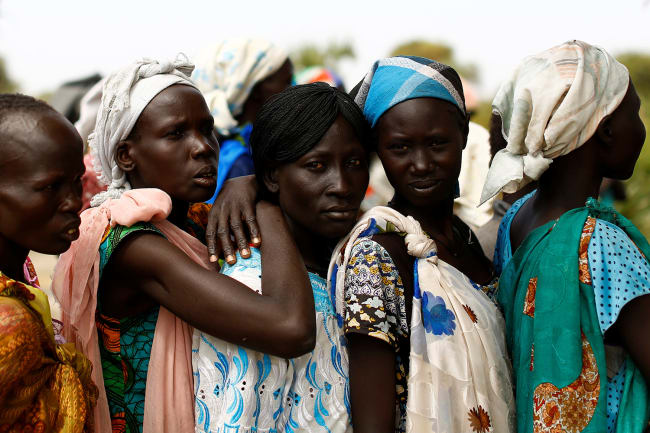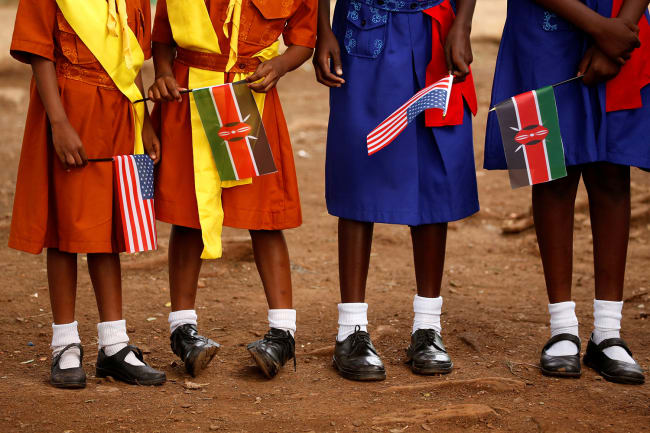Female genital mutilation is an archaic practice that most likely originated in Pharaonic Egypt. It is dangerous to associate archaic practices, like this one, which alters the emotional, social, and economic state of women and girls for the remainder of their lives, with images of dusty villages in remote areas and shamans using ancient healing methods. Female genital mutilation is a brutal practice which coexists with the trappings of modernity and takes place in cities around the globe, including Detroit and Frankfurt. Due to globalization and migration, widespread female genital mutilation requires a global response. The U.S. Centers for Disease Control and Prevention (CDC) estimates that some 513,000 girls and women in the United States are either already victims of or at future risk of female genital mutilation.
The CDC estimates some 513,000 girls and women in the U.S. are victims of or at future risk of female genital mutilation
The World Health Organization (WHO) defines female genital mutilation/cutting as "all procedures that involve partial or total removal of the external female genitalia, or other injury to the female genital organs." The practice has no known health benefits, as it involves the removal of part or all of healthy and normal female genitalia. Since the beginning of the HIV epidemic, a few reports have also described a potentially elevated risk of HIV transmission among women with female genital mutilation. Some experts have suggested that because women with FGM risk genital trauma and bleeding during intercourse, their chances of acquiring HIV from an infected male partner are increased.
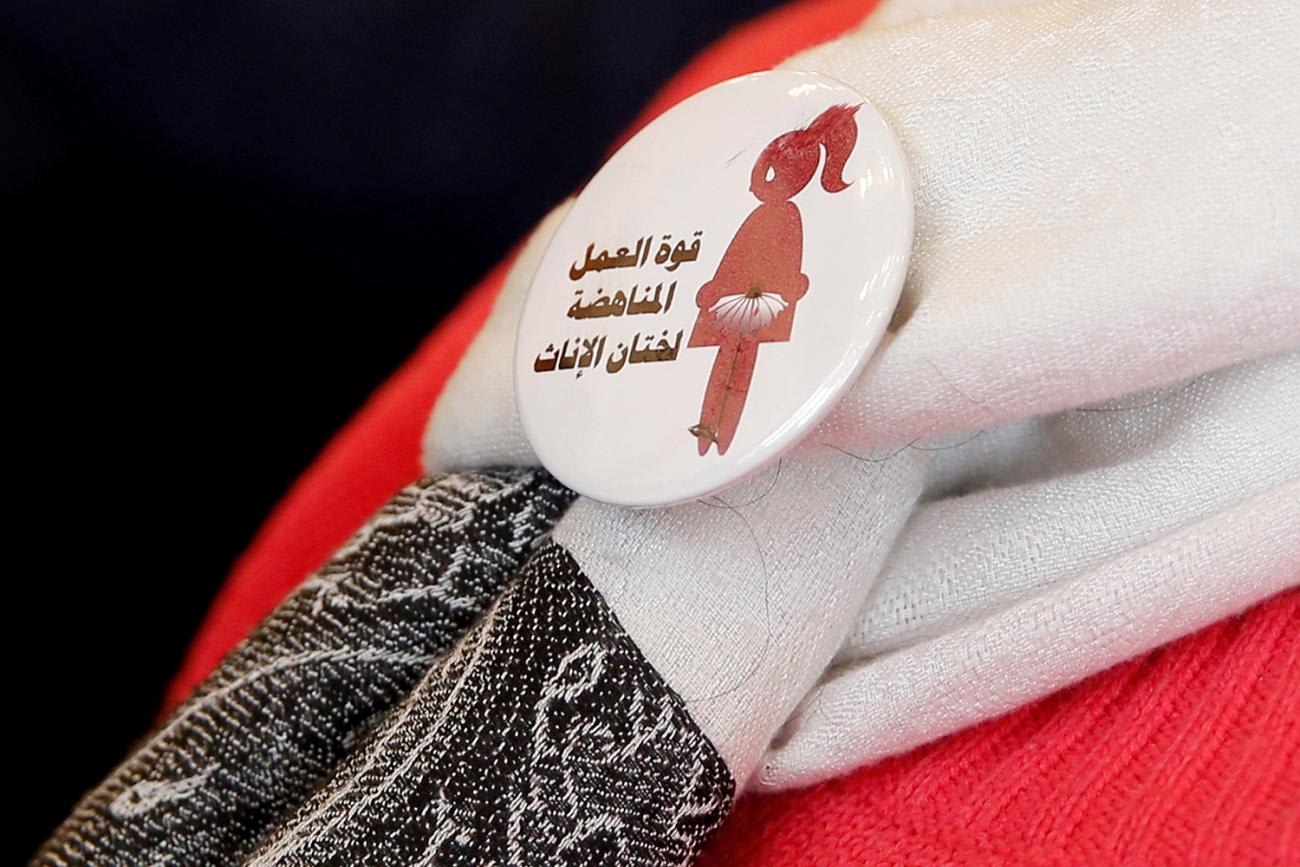
The tendency is to think about responses to female genital mutilation using a legal framework. While laws and law enforcement are necessary responses to this harmful practice, they are woefully insufficient. Even in the remotest, most tradition-bound areas of Kenya, this assault on the physical and emotional well-being of girls is illegal. The practice reflects deep-rooted inequalities between the sexes and constitutes an extreme form of discrimination against women. However, because female genital mutilation is a silent crime, seldom discussed beyond the spheres of family and community, it rarely makes its way into the public space where law enforcement can be effective.
Because female genital mutilation is a silent crime, it rarely makes its way into the public space where law enforcement can be effective
Battling this ancient practice in the modern world requires making it a public health issue, where awareness of the pernicious effects of this practice can sear the public consciousness. Combatting female genital mutilation using awareness might invite skepticism, but funded programs in places like Kenya have shown that awareness campaigns that engage religious leaders, parents, health professionals, law enforcement, educational institutions, and others can be effective in reducing the incidence of the practice. The first step has to do with how the practice is framed. Female genital mutilation is a violation of human rights that affects girls and women worldwide. Lack of action would permit a massive increase in the rate of female genital mutilation, wiping out the modest improvements made in reducing the prevalence of female genital mutilation over the last three decades.
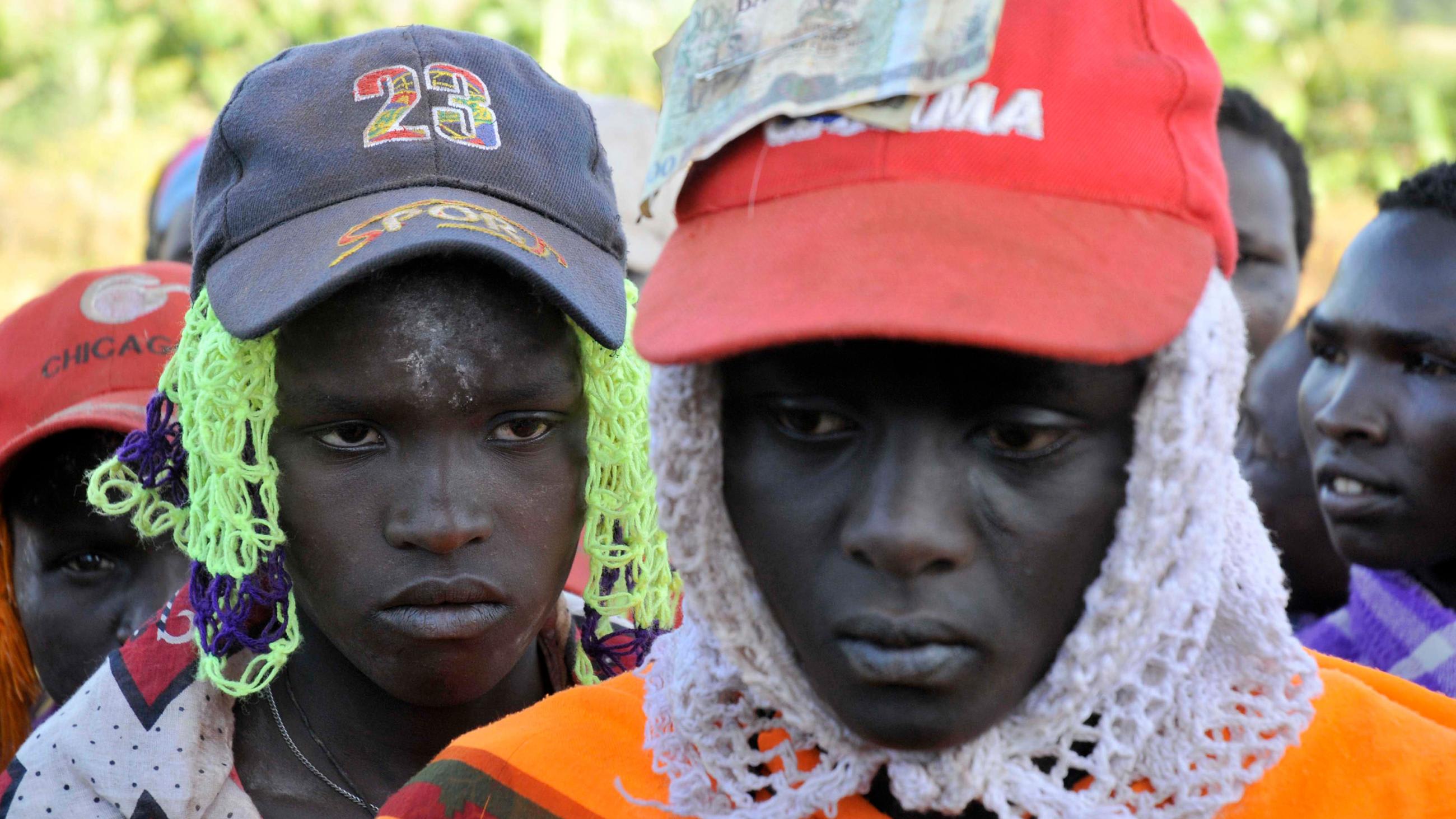
Once framed, female genital mutilation requires an integrated strategy that accounts for tradition and cultural norms that perpetuate this practice. Few traditional practices afflicting women and girls are more horrific in terms of their effects on someone's health, psyche, and economic well-being.
The practice thrives as no one is told and there is no written record allowing the community to pretend it never occurred
Another tenet of the strategy is to bring this shrouded crime out in the open, using awareness campaigns. Girls subjected to cutting are shamed if they speak of it. In an unvirtuous cycle perpetuated across generations, mothers hold their daughters down to be cut so they will become marriageable, which in turn means they must drop out of school. While the community celebrates the rite of passage, those speaking of it are shunned and the girls suffer through the associated agony in silence and solitude. The practice thrives as no one is told and there is no written record allowing the community to pretend it never occurred. Cultural and societal beliefs, which obscure the truth about the practice being an emotional, psychological and health risk to the girls, are a major barrier to eliminating this harmful practice.
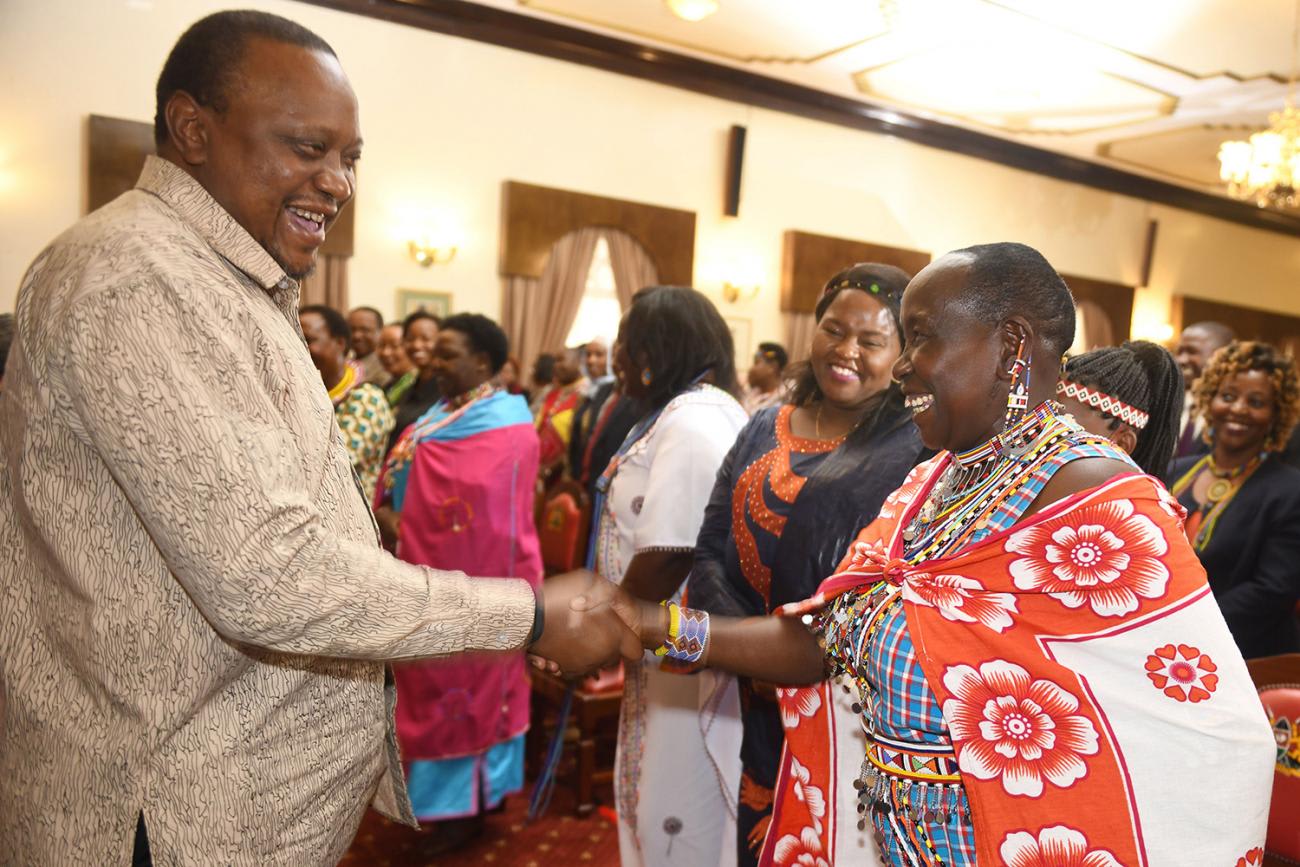
Finally, the strategy must employ approach of modern public health campaigns. According to the WHO, female genital mutilation affects three million girls across the globe every year—one every ten seconds—and is the leading cause of school dropout for girls. Moreover, it contributes to medical complications, such as infection and maternal deaths during childbirth, and is a blatant violation of the girls' rights to health and safety. In 2016 UNICEF reported on the practice's significant scale and persistence and the need to intensify efforts to eliminate it. The practice is spreading due to refugee and other migration flows. Female genital mutilation is now widely practiced in traditional communities in the developed world. As it is with any public health issue, sufficient and evidence-based data that demonstrates the gravity of the problem and the health consequences of this practice is needed.
The project uses education and information dissemination methods to spread awareness about the harmful effects of female genital mutilation
A U.S.-based NGO, LastMile4D, had already shown that the aforementioned strategy can work. It reached 1,366 parents in Kuria, Kenya by integrating innovative teaching methodologies and online access to information and programming to help eradicate the brutal practice. The project uses education and information dissemination methods to spread awareness about the harmful effects of female genital mutilation. It appeals to the good-faith reasoning of parents and community cultural influencers while also connecting with local authorities to enforce the law against the brutal practice. Of the parents who attended the female genital mutilation education sessions, 34 percent (457) were males. Overwhelmingly, 97.7 percent (1,366) of the parents who attended the training reported an improved understanding of complications associated with female genital mutilation, 96 percent (1,336) agreed not to carry out female genital mutilation on their daughters, 98.5 percent expressed interest of attending another educational session and 92 percent of attendees pledged to advocate for halting female genital mutilation practice in their communities. In addition to reaching parents of children enrolled in the program through the FGM education sessions, 98.8 percent of the parents had also been reached through targeted radio advertisements about the female genital mutilation.
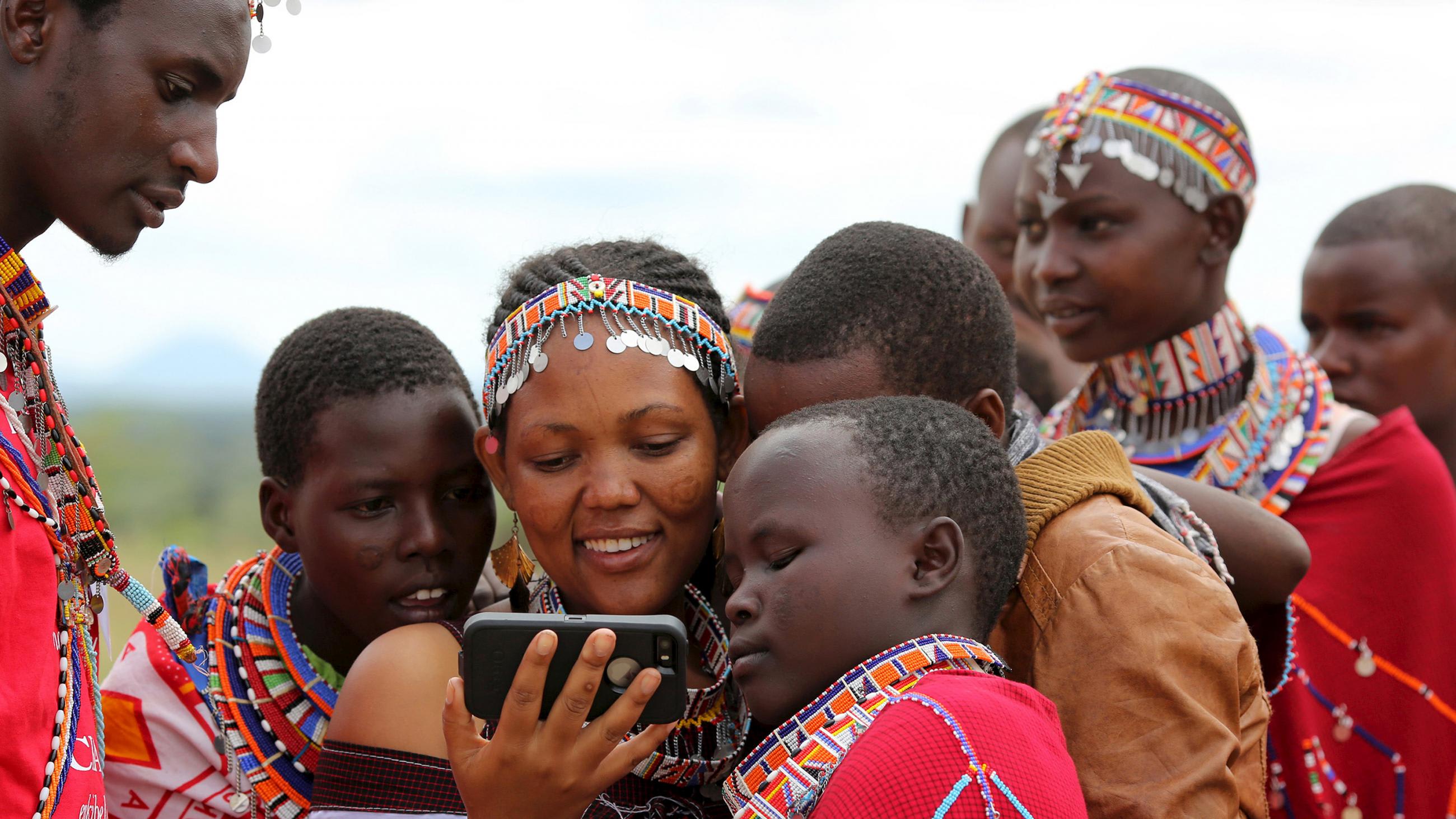
As we experience global population growth and waves of northward migration, elimination of female genital mutilation deserves high prioritization. The time is now to stand up against this shrouded crime, once and for all. What better way to commemorate the 25th anniversary of the Beijing Declaration, on Women's Rights than strategic action against female genital mutilation? February 6, 2020 was the International Day of Zero Tolerance for female genital mutilation and the theme for this year's International Women's Day on March 8 was building a world that is gender equal (#EachforEqual). How can we envisage a gender-equal world without eliminating the practice, which has traumatized 200 million women and girls in the world according to the WHO?
Sustainable Development Goal #5 seeks to eliminate child early and forced marriage and female genital mutilation by 2030
However, the tide may well be changing with political will to eliminate female genital mutilation. In 2012, the United Nations General Assembly adopted a milestone resolution calling on the international community to intensify efforts to end the practice of female genital mutilation. Additionally, in 2015, the global community agreed on the Sustainable Development Goals (SDGs), which include a target under Goal 5 to eliminate child early and forced marriage and female genital mutilation by the year 2030. These steps signal a change in the determination of the international community and national partners to collaborate to end female genital mutilation everywhere.

EDITOR'S NOTE: One of the authors (M.H.) is the founding CEO and President of LastMile4D, an NGO whose work is described in the third-to-last paragraph of this essay.

